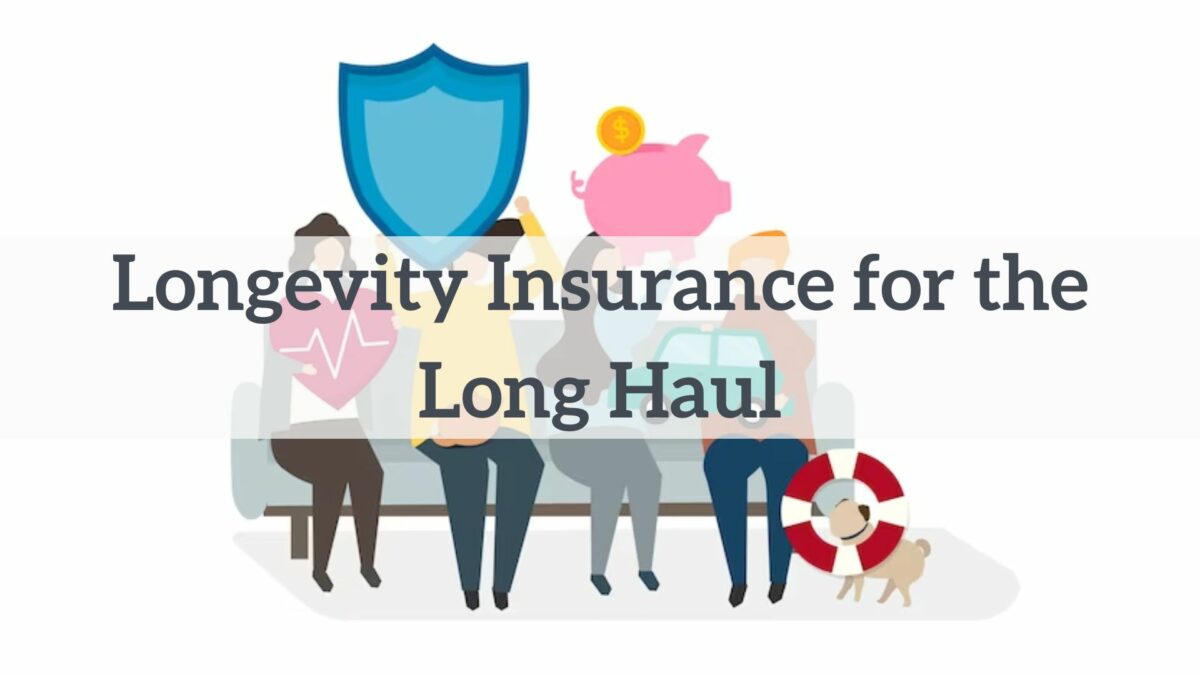“Wal-mart… do they like make walls there?”
–Paris Hilton

Have you ever walked into WalMart, seen the smiling greeter at the door, who usually appears to be older than the typical retirement age, and wondered if that person was there greeting people because he enjoyed seeing everyone and wanted to be out of the house and in public or if he was there because he needed the extra income? I often have that mental conversation with myself and hope that it is because of the former – that the greeter gets benefits of seeing people and having, however brief, interactions with them. I fear, though, that more often, the case is the latter – the greeter is there because he needs extra income to make ends meet and has been forced back into (if he ever left) the workforce at an elderly age.
What happened to the person who has to go back to work because his nest egg wasn’t enough to provide him with the income he needed (or wanted)? Wasn’t Social Security supposed to provide the safety net that would prevent this type of scenario? Even if that’s the goal of Social Security, the reality is much different. The average monthly Social Security benefit for a retired worker is $1,230. For a single person over 65, that’s only $359 above the poverty threshold. Even for the thrifty, that is a sere lifestyle.
Furthermore, what happens when the WalMart greeter becomes too old or frail to work and can no longer rely on that stream of income?
He is going to have to cut down on his lifestyle and live a bare bones existence.
This is the nightmare scenario for retirees and those contemplating retirement – running out of money and having to live on a meager stream of government benefits. There is a product which pays you if you reach a certain age, called longevity insurance. The basic idea behind longevity insurance is that you pay an insurance payment now, similar to life insurance, except with life insurance, you get paid if you die, and with longevity insurance, you get an annuity stream of payments if you reach a certain age, usually 85. Longevity insurance is similar to a deferred annuity, except that longevity insurance is usually tied to reaching a certain age, typically 85, whereas a deferred annuity is tied to living a certain number of years, such as 20 or 30 years in the future.
Many people are hesitant to purchase financial products now which will provide payouts later, such as longevity insurance, deferred annuities, and even immediate annuities. They are captured by a behavioral finance phenomenon called prospect theory – you get more pain from losing than you do joy from winning an equivalent amount. They don’t want to die early and not get the full benefit from that money.
Regardless of what you believe happens to you when you die, there is one immutable fact: NOBODY has arisen from the dead and proclaimed “I want my money back!” No version of an afterlife that I am aware of includes looking back and regretting making a financial decision that would have been different had you only known the date when the Grim Reaper was going to knock on your door. It’s the same logic that causes us to fail when we try to solve the annuity puzzle.
I’m not trying to be flippant about religion. What I am trying to do is to make the point that people make decisions not to ensure future cash flows because of an avoidance of a regret that THEY WILL NEVER EXPERIENCE. Instead, if people are worried about estates, taking care of kids, charity, and other uses for money which will be left over after they die, they should make those plans to ensure that the desired outcomes happen rather than taking gambles that everything will work out, which exposes them to the risk that they will achieve none of their desired outcomes instead.
Deferred annuities and longevity insurance are two ways to provide a backstop of income which enable other goals.
Another benefit of these products is that they can be used as proxies for long term care insurance in the case that the purchaser doesn’t expect to be able to qualify for long term care insurance. For example, if you have a family history of diabetes and cancer, then there is a possibility that by the time you want to purchase long term care insurance, you won’t actually qualify. By purchasing a deferred annuity or longevity insurance, the purchaser can guarantee a stream of income which can replace the payments which would have been made in the event of needing long term care insurance payouts. Furthermore, you don’t have to get a medical exam or qualify for deferred annuities or longevity insurance. Underwriters of long term care insurance policies don’t want you to get sick or have a chance of needing to use the policy, which is why they require qualification; on the other hand, providers of deferred annuities and longevity insurance make more money if you don’t reach the target age, so have no reason to disqualify you if you have a family history of medical issues.
Unless you are exceptionally rich, there is no way to offset all of the financial risks you face in life. Longevity insurance can be a relatively inexpensive way of taking the risk of living to an old age and not having enough income off of the table. By insuring against the risk of outliving your assets, you can be the WalMart greeter who does it every day because he enjoys being out of the house and seeing people.
Author Profile
- John Davis is a nationally recognized expert on credit reporting, credit scoring, and identity theft. He has written four books about his expertise in the field and has been featured extensively in numerous media outlets such as The Wall Street Journal, The Washington Post, CNN, CBS News, CNBC, Fox Business, and many more. With over 20 years of experience helping consumers understand their credit and identity protection rights, John is passionate about empowering people to take control of their finances. He works with financial institutions to develop consumer-friendly policies that promote financial literacy and responsible borrowing habits.
Latest entries
 Low Income GrantsSeptember 25, 2023How to Get a Free Government Phone: A Step-by-Step Guide
Low Income GrantsSeptember 25, 2023How to Get a Free Government Phone: A Step-by-Step Guide Low Income GrantsSeptember 25, 2023Dental Charities That Help With Dental Costs
Low Income GrantsSeptember 25, 2023Dental Charities That Help With Dental Costs Low Income GrantsSeptember 25, 2023Low-Cost Hearing Aids for Seniors: A Comprehensive Guide
Low Income GrantsSeptember 25, 2023Low-Cost Hearing Aids for Seniors: A Comprehensive Guide Low Income GrantsSeptember 25, 2023Second Chance Apartments that Accept Evictions: A Comprehensive Guide
Low Income GrantsSeptember 25, 2023Second Chance Apartments that Accept Evictions: A Comprehensive Guide

